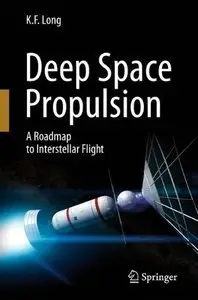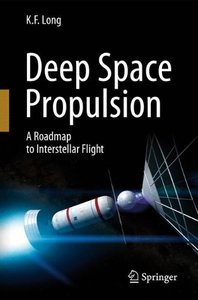K. F. Long, "Deep Space Propulsion: A Roadmap to Interstellar Flight"
English | 2012 | ISBN: 1461406064 | 388 pages | PDF | 5 MB
English | 2012 | ISBN: 1461406064 | 388 pages | PDF | 5 MB
As humans take their first tentative steps off our home planet, and debate the costs/benefits of sending people back to the Moon and perhaps on to Mars, we must also start to make plans for the day when we will venture forth as pioneers farther out into the Solar System and beyond - perhaps far, far beyond - to explore and settle new worlds around other stars. It is vital that we develop the deep space propulsion technologies that will take us there, first to explore with robotic probes, then to follow ourselves. This is necessary so that if anything catastrophic happened to Earth, our species would survive. And the possibilities for catastrophe are great. An impacting asteroid ended the reign of the dinosaurs, and today we have many other threats such as global war, climate change, pollution, resource limitations and overpopulation. In this book, Kelvin F. Long takes us on all the possible journeys - the mission targets, the technologies we might use to power such journeys, and what scientific knowledge we are seeking to obtain upon arriving there. Despite the problems of today it is important that we take a long-term view for the future of our species. In fact, the only way to assure a future is to start planning for it now and then progress incrementally. Today, society is not in a position to launch the types of missions outlined in this book, mainly due to a lack of political motivations to try and the economic cost for launching it. But if we start to develop these technologies today, then it is likely that one of them will come to technological maturity at some point in the coming centuries and will power our species to the stars. Our commitment today to achieve near-term goals will ensure a tomorrow for the generations ahead.



